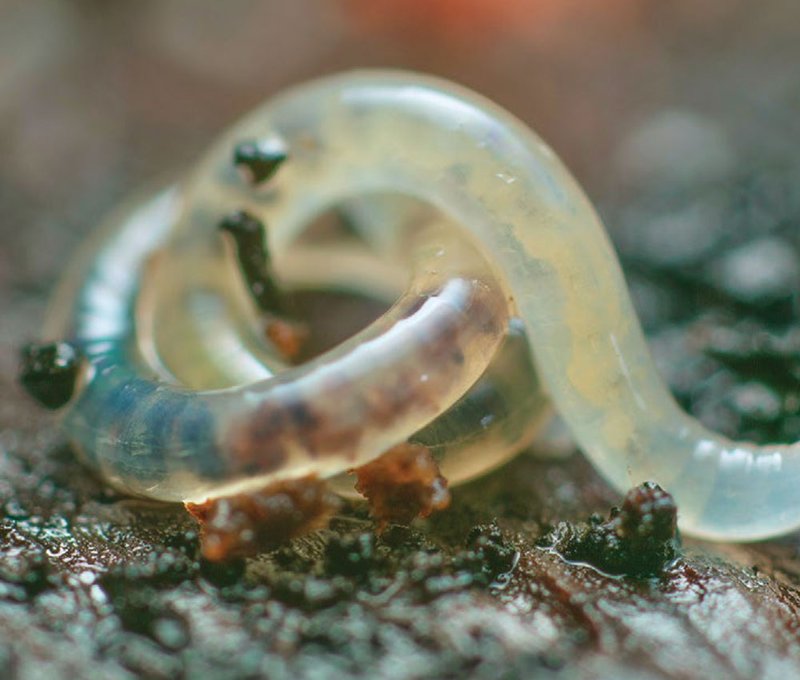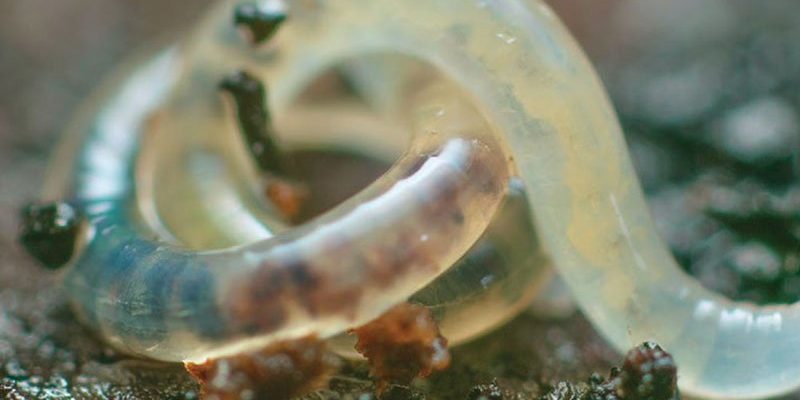
Enchytraeid worms, also known as pot worms, play a crucial part in soil health and nutrient cycling. You might think of them as nature’s recyclers. Their interactions with other microfauna, like bacteria, protozoa, and nematodes, help create a balanced ecosystem. Let’s dive into how these little worms interact with their neighbors and why that’s important for the environment.
The Role of Enchytraeid Worms in Soil Ecosystems
Enchytraeid worms are fascinating creatures that contribute significantly to their ecosystems. They thrive in moist environments, usually in the top layers of soil where organic matter accumulates. Their primary diet consists of decaying plant material, dead organisms, and microorganisms. By consuming this organic matter, they break it down into simpler nutrients, making them available for plants.
You might be wondering, how exactly do enchytraeid worms fit into the ecosystem? Here’s the thing: they help create a rich environment for other organisms. By munching on dead leaves and plant debris, they increase the surface area for microbial activity, allowing bacteria and fungi to flourish. This enhanced microbial diversity not only supports soil health but also improves the overall fertility of the land, making it an essential link in the food chain.
Moreover, enchytraeid worms improve soil structure. Their burrowing activities aerate the soil, enabling better water infiltration and root penetration. This aeration creates a habitat for other microfauna, enhancing biodiversity. So, in essence, these tiny worms are little architects of a thriving ecosystem.
Interactions with Bacteria
Bacteria are some of the smallest yet most impactful organisms in the soil. They play a crucial role in the decomposition process, helping to break down organic material into essential nutrients. When enchytraeid worms eat organic matter, they’re essentially providing a buffet for bacteria.
As the worms digest this material, they release waste that’s rich in nutrients. This waste becomes a feast for bacteria, fueling their growth and activity. Consequently, the more enchytraeid worms there are, the more bacteria can thrive. It’s a symbiotic relationship where both parties benefit from each other’s existence.
Additionally, some studies suggest that the presence of enchytraeid worms can enhance bacterial diversity. With a wider variety of bacteria, the soil can better resist diseases and pests, making for a healthier ecosystem overall. It’s a win-win situation: the worms get their food, and the soil becomes richer and more resilient.
Partnerships with Fungi
Fungi and enchytraeid worms share a special relationship too. Both players are heavily involved in the decomposition of organic matter. Fungi break down complex materials like lignin, while the worms help to fragment this material, making it easier for fungi to do their job.
Here’s a cool fact: enchytraeid worms are known to enhance fungal diversity within the soil. As they feed and move around, they distribute fungal spores throughout the soil. This helps establish a wider range of fungal networks, which can improve nutrient uptake for plants.
In a way, you can think of this relationship as a partnership. While the worms help with the physical breakdown of organic material, fungi take over the chemical breakdown. Together, they work harmoniously to recycle nutrients, benefiting plants and, subsequently, the entire ecosystem.
Interactions with Protozoa
Protozoa are another important group of microfauna found in soil. These single-celled organisms thrive on bacteria, making them key players in nutrient cycling. Enchytraeid worms indirectly support protozoa populations. When these worms feed on organic material, they break it down into smaller particles, which makes it easier for protozoa to consume bacteria.
When protozoa feast on bacteria, they release nutrients back into the soil through their waste. This process creates a continuous cycle—worms enrich the soil, bacteria proliferate, protozoa consume the bacteria, and then the cycle starts again.
This interconnectedness highlights how each organism in the soil ecosystem, including enchytraeid worms, plays a vital role in maintaining balance. Without their contributions, the soil might not have the same nutrient richness, affecting plant health and growth.
Impact on Nematodes
Nematodes, often referred to as roundworms, are another group of microfauna that interact with enchytraeid worms. Some nematodes are beneficial to the ecosystem as they help control bacterial and fungal populations. Just like with protozoa, enchytraeid worms contribute to a healthy environment for nematodes to thrive.
The presence of enchytraeid worms can help create a favorable habitat for nematodes as they break down organic matter and aerate the soil. With improved conditions, beneficial nematodes can flourish, contributing to pest control and overall soil health.
However, it’s important to note that not all nematodes are beneficial. Some can be pests that harm plants. That said, enchytraeid worms can help maintain a balance by providing a supportive environment for beneficial nematodes while keeping harmful ones in check.
The Bigger Picture: Ecosystem Health
So, why should you care about how enchytraeid worms interact with other microfauna? Honestly, it boils down to soil health and the overall ecosystem balance. Healthy soil is the foundation of robust plant life, which in turn supports larger animals, including humans.
When enchytraeid worms create a thriving environment for bacteria, fungi, protozoa, and nematodes, they help improve soil fertility. With richer soil, plants can grow better, leading to healthier ecosystems. This is especially vital in agricultural areas, where soil health directly impacts food production.
Moreover, understanding these interactions can help us develop better practices in gardening and farming. By promoting healthy populations of enchytraeid worms and their microfauna partners, we can create sustainable ecosystems that benefit everyone.
Enchytraeid worms may be tiny, but their impact on the ecosystem is significant. Through their interactions with other microfauna like bacteria, fungi, protozoa, and nematodes, they help create a rich, balanced environment that supports life. It’s a beautiful dance of cooperation where each organism plays a vital role.
So next time you dig your hands into the soil, remember the tiny creatures working tirelessly beneath the surface. The enchytraeid worm is just one part of a vast, interconnected web of life, making our planet a better place, one bite of organic material at a time. Embracing and understanding these interactions can lead to healthier ecosystems, and that’s something we all can support.

